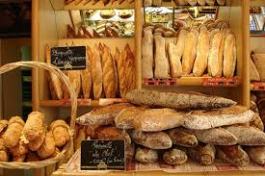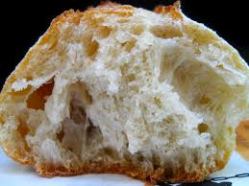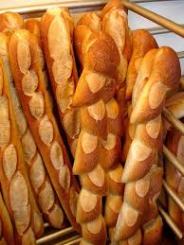Biscotti , also known as cantuccini (English: coffee bread), are twice-baked cookies (or biscuits) originating in the Italian city of Prato. The biscuits are oblong-shaped almond biscuits, made dry and crunchy through cutting the loaf of dough while still hot and fresh from baking in the oven.

“Biscotti” is the plural form of biscotto. The word originates from the medieval latin word biscoctus, meaning “twice-cooked/baked.” It defined oven baked goods that were baked twice, so they were very dry and could be stored for long periods of time. Pliny and Elder boasted that such goods would be edible for centuries. Such nonperishable food was particularly useful during journeys and wars, and twice baked breads were a staple food of the Roman legions

The first documented recipe for biscotti is a centuries-old manuscript, now preserved in Prato, found by the eighteenth-century scholar Amadio Baldanzi. In this document, the biscuits are called of Genoa.
Although commonly used to indicate the biscuits of Prato, biscotti di Prato, in modern Italy and Argentina they are also known widely by the name “cantuccini”. These names actually suggest other similar regional products of Italy. The term cantuccini is most commonly used today in Tuscany, but originally refers to variations or imitations which deviate from the traditional recipe in a few key points such as the use of yeasts, acids (to make them less dry) and flavourings. Rusks are larger, longer biscuits, rustic bread dough enriched with olive oil and anise seeds.
The confusion on the name may have been born from the fact that on the old sign (still present) of “Biscottificio Antonio Mattei,” the leading manufacturer of biscuits of Prato, is written just below the name of the shop: “Manufacturers of cantuccini,” which at the time were one of the major products of the biscuits.














